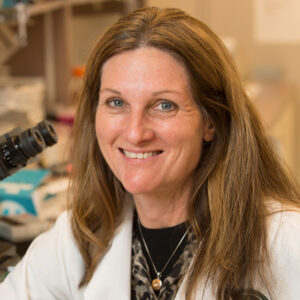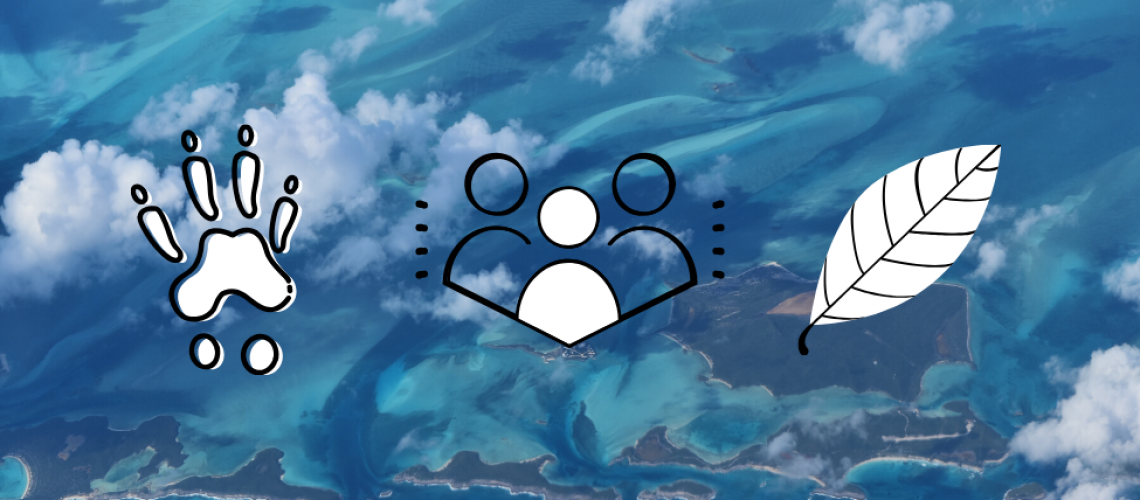Post By Micha Bennet for the School of Global Environmental Sustainability
Sue VandeWoude, DVM, knows well the disruption that COVID-19 is causing for organizations all over the world. Director of the One Health Institute at Colorado State University, she was in Australia on a Fulbright scholarship award when she was forced to return home early because of the virus. This pandemic is a One Health problem, she says, and will require One Health solutions.

One Health is the idea that we need to look systematically at the interaction between animals, humans, and the environment. Its premise is a balance between all three elements, and an imbalance can cause very significant problems to erupt. COVID-19 touches all aspects One Health. The virus that causes the COVID-19 disease is almost surely zoonotic meaning it passed from animals to humans affecting the health of both. Habitat destruction, an environmental factor, can bring wild animals and humans into closer contact, allowing the virus to jump hosts.
“There’s this huge conglomeration of issues,” says VandeWoude. “And a lot of governmental and non-governmental organizations are now mobilizing to have One Health solutions…It’s a One Health problem.”
In addition to recently being named director of the One Health Institute, VandeWoude is a professor in the College of Veterinary Medicine and Biomedical Sciences. She is also a member of the National Academy of Sciences. She brings expertise in veterinary virology, and explains the concept of One Health One Medicine – that we can advance veterinary medicine and human medicine simultaneously. For example, she says we can look at how we treat cancer in dogs and apply that knowledge to how we treat cancer in humans.
“I think [COVID-19] is really highlighting that we can’t separate our lives from animal lives,” says VandeWoude. The pandemic provokes questions of how to capitalize on the knowledge of large research networks that understand the nuanced aspects of the animal-human-environment health connection.
“How do you bring together trans-disciplinary teams to form solutions?” she asks. Cross-discipline collaboration is proving to be ever more important in progressing One Health.
Breaking down information silos and understanding our research systems’ interconnectedness is key. Of course, connecting with folks right now isn’t exactly the easiest. Social distancing means in-person team meetings can’t happen, much research has been suspended, and outreach events like those put on by the student-run One Health Club are canceled.
For example, the One Health Institute has had to halt research with the Navajo Nation, which was looking at livestock exposure to uranium contamination. “That involves visits to the Navajo nation, which have been suspended right now,” said VandeWoude. She says that one group who might be especially feeling the effects of suspended research are graduate students and postdocs, whose careers are largely predicated on making progress on their projects. Many folks are feeling the impacts and coping in different ways.
“It’s almost like someone dropped a bomb in the middle of everything,” she says. “I think one of my strengths is being a networker and a communicator, so I’m trying to talk to everybody and figure out how to get things drawn together.”
VandeWoude, along with the rest of the One Health Institute staff, are navigating how to continue work remotely through different technologies like video conferencing. She also points out that this crisis is inspiring scientists to put their expertise towards coming up with new, creative solutions. For example, at CSU there are teams working on a new kind of protective mask, looking at vaccinations and disinfectants, and diving into different aspects of the disease.
“It’s really mobilized people’s creativity and innovation,” says VandeWoude. “I think that there’s some really positive powerful energy going on right now.”
One Health is founded on the idea of interconnectedness, of working across barriers. Applying “positive, powerful energy” to these collaborative approaches is exactly the type of innovation we’ll need to continue to tackle such an interconnected and global problem.






